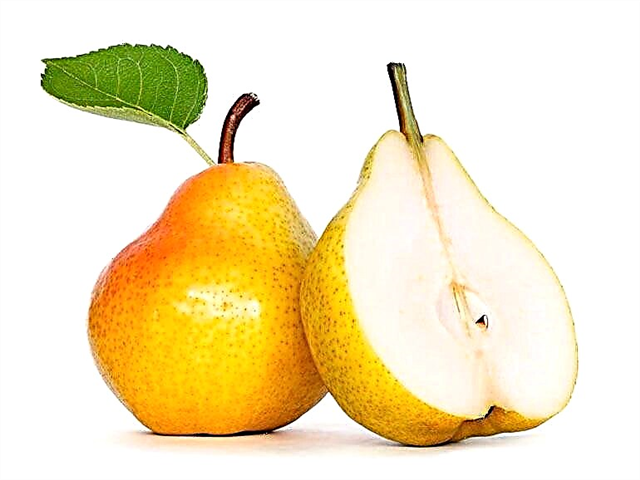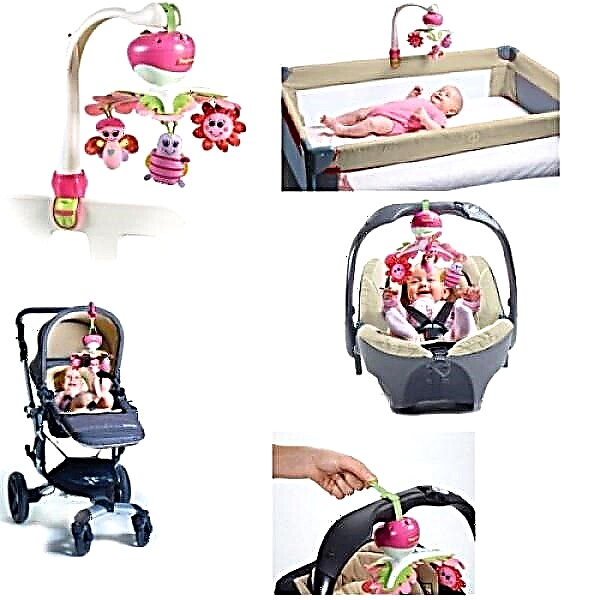
A runny nose in children is very common, but not everyone can be called sinusitis. Famous pediatrician and TV presenter Yevgeny Komarovsky tells parents about the disease and how to treat it in children.

What it is?
Respiratory diseases, according to Komarovsky, can be safely considered the leaders among childhood diseases. And there are quite a few of them. Sinusitis is an inflammatory process that occurs in the sinuses, called the paranasal sinuses. It is caused by pathogenic bacteria or aggressive viruses that enter the body through the nose. Also, sometimes the main reason is the postponed injury or chemical burn of the upper respiratory tract.
Like most other diseases, sinusitis exists in two forms - acute or chronic; one or several sinuses of a child's nose can be affected.
It is believed that the disease is most likely in babies with polyps or other formations in the nose, curvature of the nasal septum.
Chronic swelling of the nose occurs with allergic or vasomotor rhinitis. Most often, this inflammation develops in children with reduced immunity, cystic fibrosis, Down's syndrome, as well as in babies born with a cleft palate.

Symptoms
Acute sinusitis in a child is not so difficult to recognize: it is not just a runny nose in the classical sense, it is the discharge of nasal mucus with pus, malaise, fever. When feeling the area of the sinuses, the child experiences painful discomfort. But the doctor makes an accurate diagnosis. Rhinoscopy reveals a swollen, enlarged mucous membrane, the presence of pus in the turbinates.
If sinusitis is chronic, then such symptoms should not be expected, the symptoms are generally quite blurred. Sometimes the child may complain of slight pain in the sinus area. But the doctor cannot be fooled - there will be constant swelling in the nose, the discharge from the nose will be thick. Often, nasal mucus begins to flow from the nasal passages along the back of the pharynx, which leads to the appearance of an unpleasant putrid odor from the mouth. Sometimes coughing will occur, and almost always the perception of smells and the ability to distinguish between tastes are reduced.


Examination and diagnostics
On examination, the doctor can only assume that the child has sinusitis. Diagnostic measures can confirm or deny this assumption. So, X-ray of the sinuses reveals a thickening of the mucous membrane (up to 5-6 mm), as well as foci of darkening, indicating the accumulation of mucus and inflammation.
Sowing of the contents of nasal mucus is carried out to determine the causative agent of the inflammatory process.
A CT scan of the sinuses can provide more information, but CT is not always recommended and not for all children. Sometimes only X-rays can be done. A general blood test is taken, in which a high content of leukocytes and an increase in the erythrocyte sedimentation rate are found.
But carrying out diaphanoscopy, on which children's doctors often insist, Komarovsky considers excessive, the accuracy and information content of such an examination, unfortunately, is low.


Important differences from flu, colds
A runny nose with ARVI and influenza has important differences from nasal congestion with inflamed paranasal sinuses. Dr. Komarovsky recommends focusing on the following nuances.
- General symptoms: with the flu, there is a sore throat, headache, chills, high fever, muscle aches. With sinusitis, there is no muscle pain, the temperature may rise slightly. The main difference is a runny nose. With flu or SARS, it usually takes the form of a congestion with watery, transparent mucus from the nasal passages. With sinusitis, thick green or yellowish mucus is secreted, very often it flows out along the back of the pharynx. When you touch the cheeks near the nose and the forehead between the eyebrows with sinusitis, the child experiences unpleasant pain, pressure from the inside. This doesn't happen with the flu.
- Duration of the disease: a child with the flu feels better within 4–5 days after the acute onset of the illness. With sinusitis, symptoms can persist for a long time. It is recommended to go to the doctor if the symptoms persist for more than five days.


Therapy
In the treatment of sinusitis and rhinosinusitis, medications are used, sometimes there is a need for surgical intervention.
For treatment, the doctor usually prescribes:
- vasoconstrictor drops nasally for 3-5 days (to reduce mucosal edema);
- antihistamines (if the patient has allergic prerequisites and for help in reducing mucosal edema);
- if sinusitis is acute, topical and systemic antibiotics are recommended.
It so happens that drug treatment is ineffective, and the sinuses do not recover after taking all the measures recommended by the doctor. Then, for the outflow of accumulated nasal contents with pus, it is recommended to wash the sinuses and puncture the frontal or maxillary sinuses.
If this does not help, a full-fledged rhino operation is performed.


Doctor Komarovsky advises to treat rhinosinusitis exclusively under the supervision of a doctor.
Self-medication and treatment with folk remedies is completely excluded. The sinuses should not be warmed up, warming compresses should not be made - this will contribute to the spread and intensification of the inflammatory process. Therefore, you should forget about inhalations loved by mothers.
Do not give up antibiotics either - in the case of purulent sinusitis, you cannot do without them in therapy, since bacteria multiply rapidly.
Parents can help drain the contents of the sinuses by regularly rinsing the nose. For these purposes, you can choose any of the numerous solutions with sea water existing in pharmacies, or prepare a saline solution at home on your own (a teaspoon of ordinary salt per 1 liter of pre-boiled water). The more often the baby's nose is rinsed, the better.

During treatment, parents should remember that the dried air in the room where the baby lives, the heat, contribute to the drying of mucus in the upper respiratory tract. This means that the likelihood of severe complications also increases. Therefore, it is imperative to ventilate the room, wash the floors, humidify the air with a special device, which is called a humidifier, to a level of 50–70%. If you don't have a humidifier, you can hang wet diapers or sheets, towels on batteries or on a rope. The liquid from them will evaporate and humidify the air in the house. The air temperature in the children's room, even in winter, should not exceed 19-21 degrees.
Do not forget about an abundant warm drink - this helps in the task of thinning and removing nasal mucus. If there is no high temperature, it is imperative to send the child for a walk outside - he needs fresh air.
If the child is allergic, then the treatment will not bring tangible results as long as the child continues to contact the allergen. Parents should be puzzled by the fact that the house does not have large soft toys and carpets that accumulate dust, books are in the closet behind the glass. The floors are washed, they do it every day, but no detergents are used. Clothes and bed linen are washed with a hypoallergenic powder and additionally rinsed.
Evgeny Komarovsky urges parents to be more careful with vasoconstrictor drugs - they cannot be used for more than five days. Persistent drug addiction is developed to them, the mucous membrane can atrophy. Only those forms of vasoconstrictor drugs that are suitable for the child by age can be used within the specified time frame in compliance with all the recommendations of the attending physician.

On a note.
- For parents who are treating sinusitis in a child, a well-known pediatrician advises washing the baby's nose as often as possible. While the child is breathing through the mouth, the likelihood increases that not only the nasal discharge, but also the mucus in the bronchi and lungs, will dry out, which will increase the likelihood of the onset of pulmonary or bronchial disease.
- Encourage your child to be active outdoors. They allow the child to get more oxygen, because with nasal congestion, all organs and systems experience a certain oxygen starvation.
- Most traditional medicine recipes for sinusitis are not just useless, but can significantly harm. Herbal remedies, honey-based products can themselves be allergenic, which in no way helps to reduce mucosal edema.
You can find out the opinion of Dr. Komarovsky about the causes of snot formation and their treatment in the following video.



